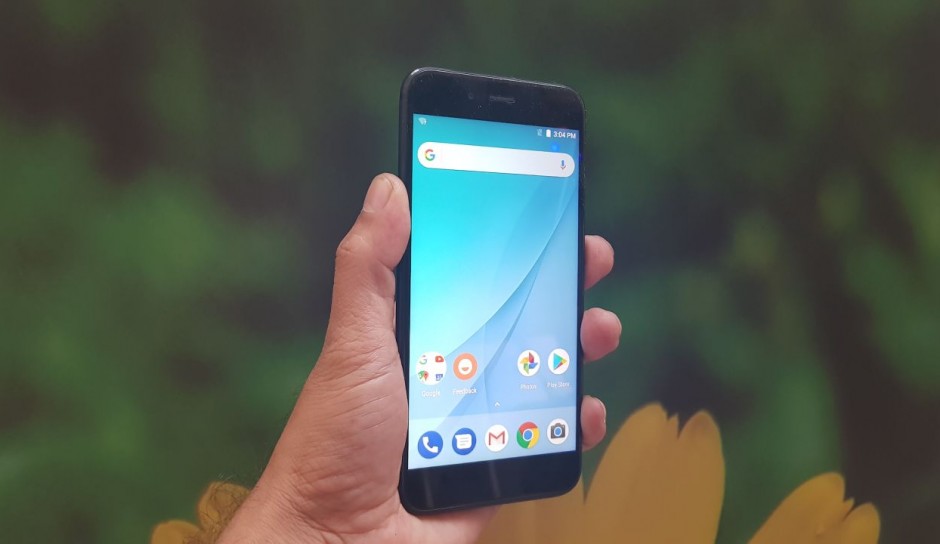Xiaomi a few days back had launched its first Android One smartphone, the Mi A1 in India. The smartphone comes with a price tag of Rs 14,999. It is the first time that the company launched a smartphone with the stock Android. We have spent a considerable amount of time with the device and here is our review.
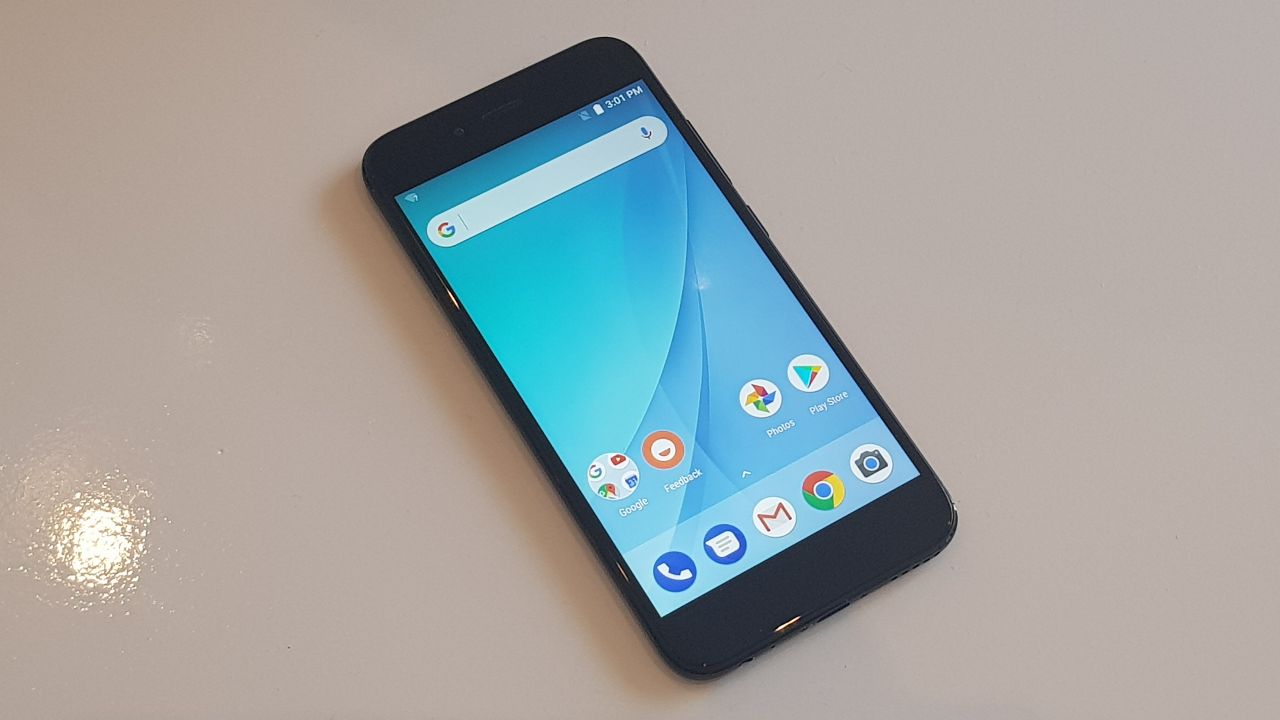
Specs
- Dual rear cameras, which comes with a combination of two 12-megapixel sensors. The primary sensor sports a Wide-Angle lens, while the secondary camera offers telephoto lens.
- Metallic unibody and features a 5.5-inch Full HD display with a screen resolution of 1920 x 1080 pixels along with Corning Gorilla Glass protection.
- Powered by an octa-core Qualcomm Snapdragon 625 Processor along with a 4GB of RAM and 64GB of internal storage.
- It supports 3080mAh battery with USB Type-C port, and the company says it has customised a 380V charger for India for power spikes.
- Fingerprint sensor at the back panel and an IR blaster on the top of the device.
For detailed specification, please click here
What was expected?
The Xiaomi Mi A1 comes in Gold, Rose Gold and Black colours. We received a Gold unit for review. As expected, Mi A1 has a good design language. Though it looks quite similar to Mi 5X that was launched in China in July this year. The rounded edges and corners along with 2.5D curved-edge Gorilla Glass give the device a premium look. Having said all-metal body looks solid, but it is quite slippery.
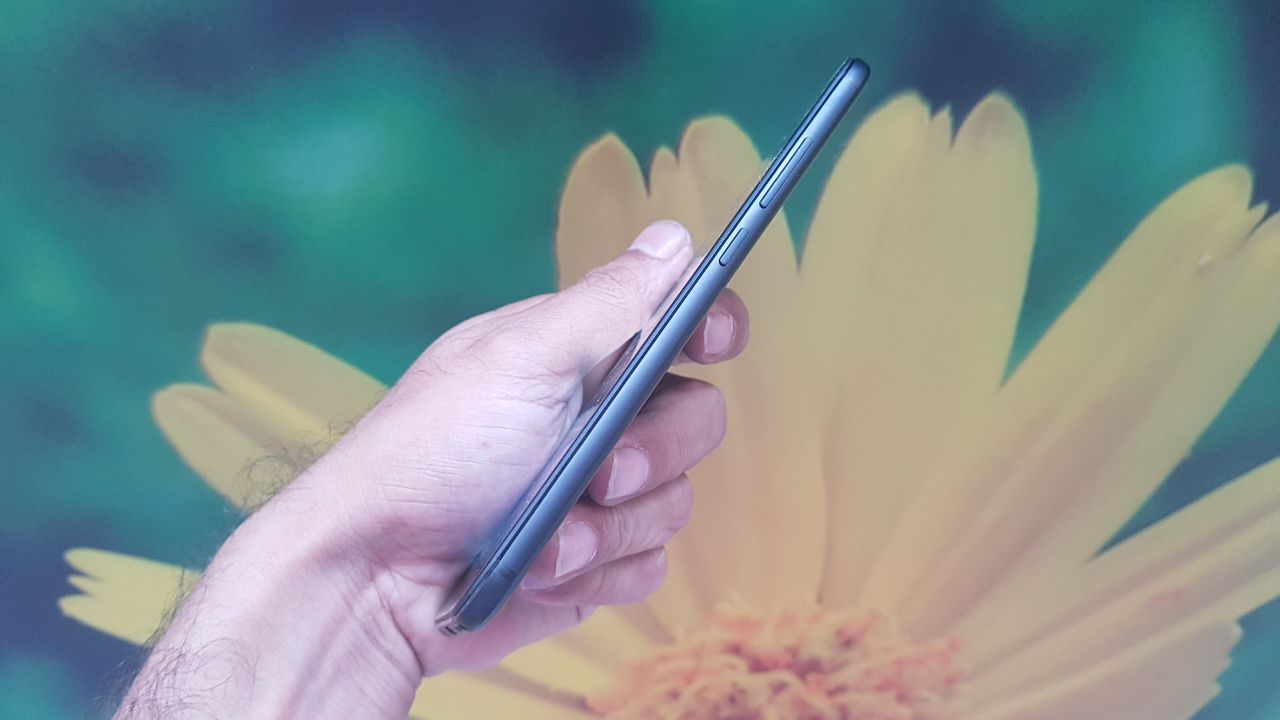
The display is quite bright and visibility in sunlight is not an issue but for that one has to push the brightness at maximum. The speaker is loud enough and even audio through earphones is good. The IR blaster, which doubles up your mobile phone as a remote control, performed as expected with Mi Remote App and we were able to manage our TV and ACs without any trouble. The device showed signs of heating up( though not alarming) on prolonged gaming and video recording.
Camera quality of pictures taken with the rear dual camera setup in good lighting conditions was good and success rate of clean shots was around 80 percent. The colour reproduction and detailing was as expected. As far as, the output of the bokeh effect is concerned, which is made possible through the dual camera setup, it was a mixed bad some portrait shots had defined edges, but some had an overdose of blurring.
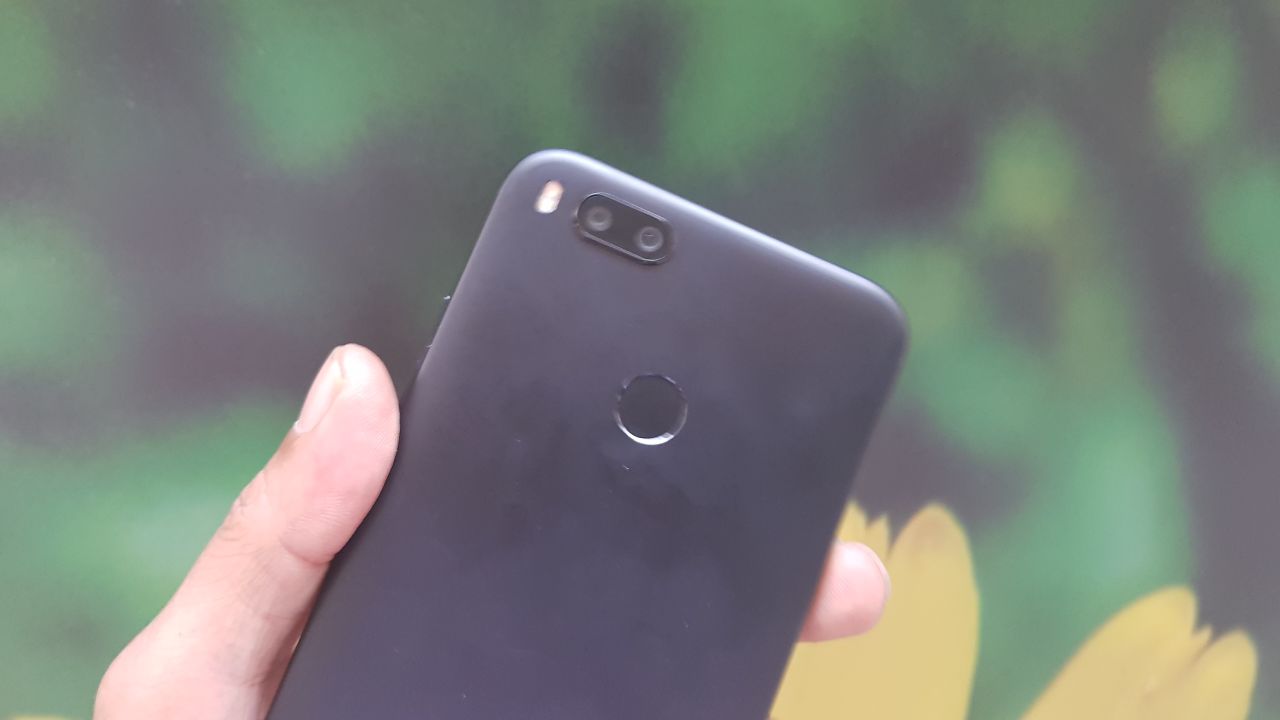
The implementation of Stock Android is as per expectation. Android Oreo update is promised by end of 2017 and Android P update will also be released for the device as well. lso, one doesn’t have to worry about preloaded apps or bloatware on the device.
What was beyond expectation?
Xiaomi Mi A1 was able to perform multitasking and there was not even an iota of lag while using the device. Playing heavy graphics intensive games like Asphalt 8: Airborne was a pleasurable task.
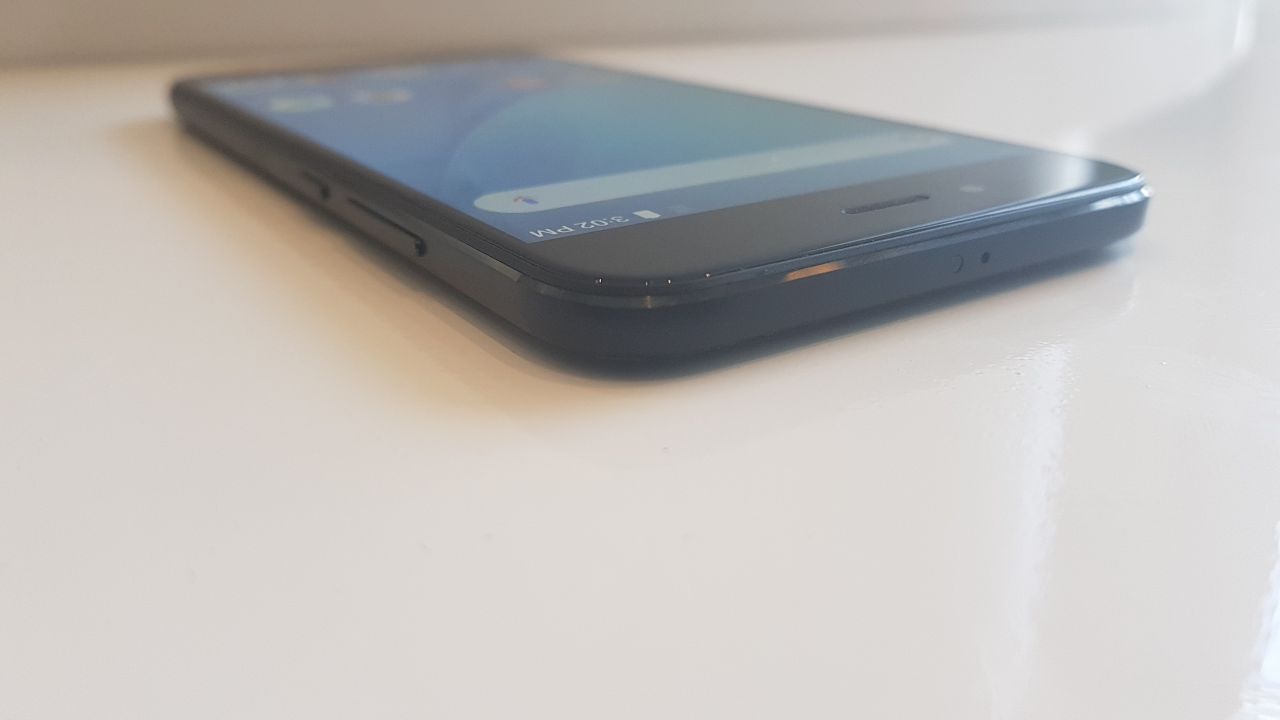
The phone was able to latch onto networks even in weak signal areas, which is great. The video and audio quality of recordings were impressive. Autofocusing on the Mi A1 is quick, and is mostly accurate even in different light conditions.
What did not meet the expectation?
The 3080mAh battery in the Xiaomi Mi A1 on heavy usage lasted around eight hours. I was hoping to at least get a backup of around 10 hours. Also, it takes around 3 hours to charge the device completely.
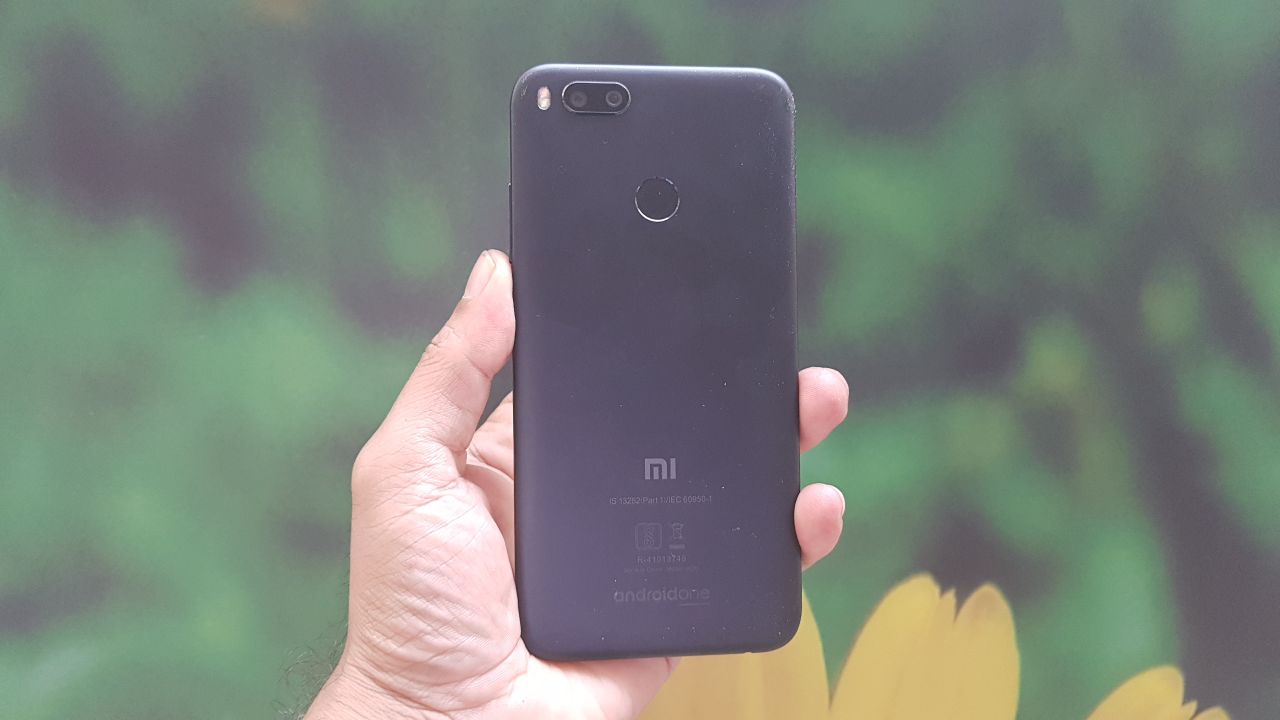
The front camera was a disappointment as well as the picture in decent lighting were just average, and shots captured using rear camera had noise and missed out on detailing in low lighting conditions.
We only hope Xiaomi Mi A1 is not an experiment and the company continues with this series.


